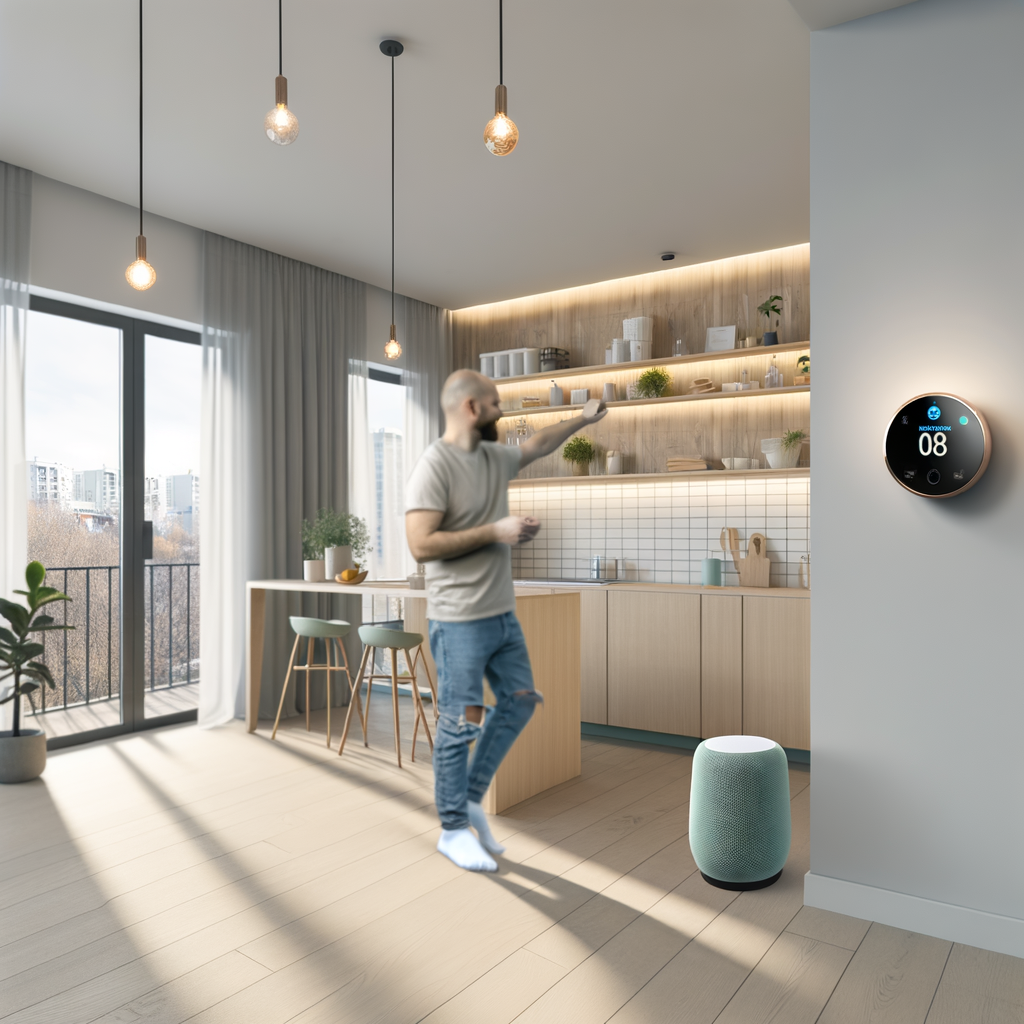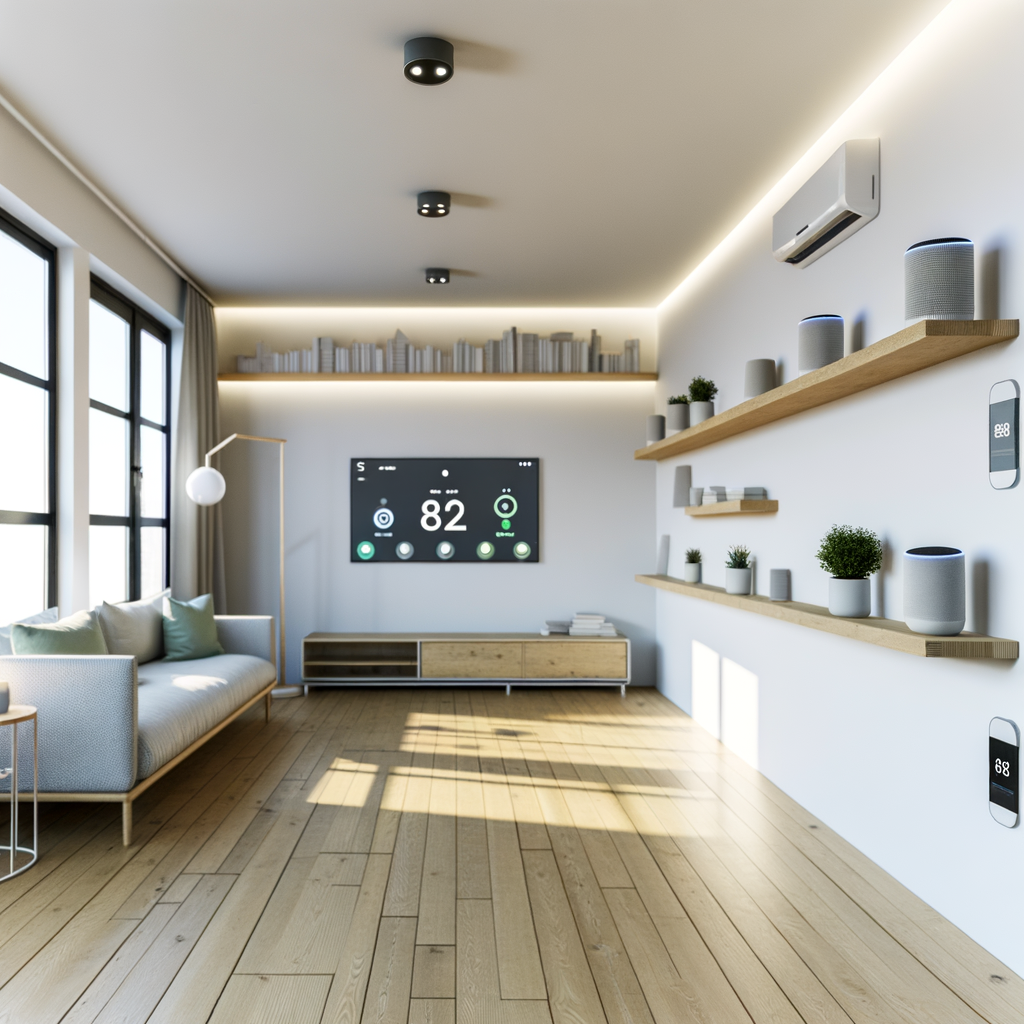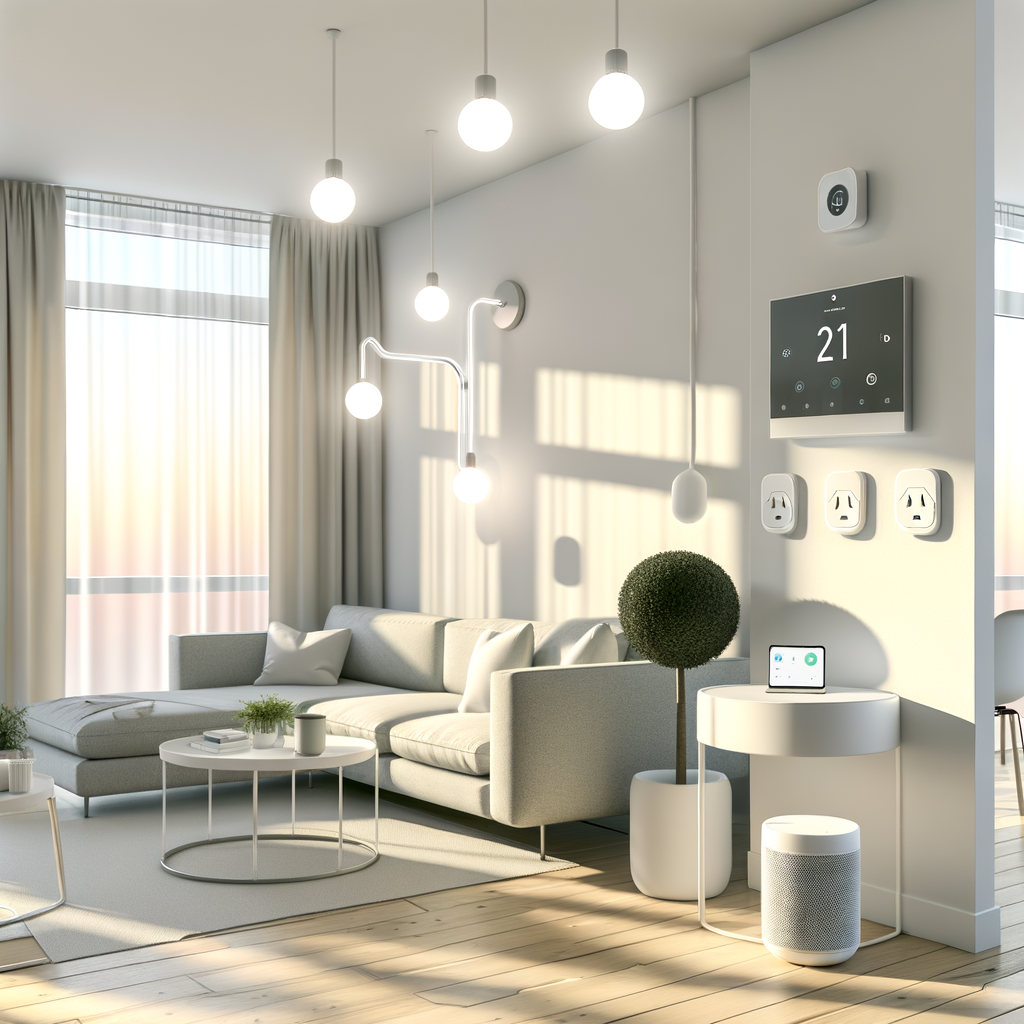Myth-Busting Smart Homes: 7 Common Misconceptions Renters Have About Green Tech
Smart home technology is everywhere these days, from energy-efficient lightbulbs to voice-activated thermostats and leak-detecting sensors. For renters who want to make their living spaces more sustainable, “green tech” seems like the ultimate solution. But a surprising number of myths and misunderstandings keep renters from embracing smart, eco-friendly devices.
Are these gadgets too expensive? Will your landlord get mad? Is setup super complicated? Let’s bust those myths wide open. Here are seven common misconceptions about green, smart home tech for renters, along with practical, actionable advice to help you enjoy an easier, more sustainable lifestyle.
1. “Smart Home Tech Is Only for Homeowners”
Many renters assume green home gadgets aren’t designed for them. A major misbelief is that you need to own your home to benefit from smart thermostats, voice assistants, or plug-in devices.
Why This Is a Myth
- Most smart home devices are plug-and-play: They don’t require any permanent modification to the property.
- Easy installation and removal: You can take them with you when you move.
- Flexible wireless options: Most green devices connect via Wi-Fi or Bluetooth, with no need for hardwiring or drilling.
Actionable Tips for Renters
- Stick to portable devices: Choose smart plugs, lamps, thermostats with adapter plates, and wireless leak sensors.
- Check your lease: Look for clauses about modifications—most green tech won’t violate standard agreements.
- Ask your landlord: Briefly explain how you’ll save energy (and potentially their costs). Many property managers love green upgrades!
2. “Green Tech Devices Are Too Expensive”
Another common misconception: making your home smarter means shelling out big bucks. Many renters skip smart gadgets, thinking eco-friendly devices are a luxury.
The Truth About Costs
- Many devices are surprisingly affordable: Entry-level smart plugs, bulbs, and sensors start around $20.
- Energy savings add up: Cutting your utility bills by even a small amount makes up the cost over time.
- Bundled starter kits: Kits with multiple devices often cost less per unit.
Actionable Cost-Saving Strategies
- Start small: Try one or two key devices before investing in a whole system.
- Look for utility rebates: Many energy companies offer rebates for smart thermostats and LED bulbs.
- Compare brands: Generic or lesser-known brands often offer similar functionality at a lower price.
3. “Installation is Complicated and Not Renter-Friendly”
Worried about drilling, rewiring, or permanently altering your rental? You’re not alone. Many renters think setting up smart tech will void their lease.
Debunking Installation Myths
- No tools required: Most modern smart home devices are cordless, wireless, and screwless.
- Minimal modification: Many use adhesive strips, magnets, or plug directly into existing outlets.
- Reverse installation: Most gadgets are as easy to remove as they are to install, leaving no trace.
Best Devices for Renters
- Smart plugs: Plug into any standard outlet; control lamps, fans, or appliances with your phone.
- Self-adhesive window sensors: Monitor for open windows and energy waste.
- Portable smart thermostats: Some models require no wiring, just a mounting bracket.
4. “Smart Devices Waste More Energy Than They Save”
There’s a belief that smart bulbs, speakers, and sensors use “vampire energy”—power they consume while idle—that outweighs their efficiency benefits.
The Real Energy Impact
- Standby power draw is minimal: Most smart gadgets use less than 1 watt in standby mode.
- Automated routines prevent waste: Smart lights and plugs turn off when not in use, saving you much more energy overall.
- Real-time monitoring: Smart thermostats and energy meters help you pinpoint (and cut) your biggest power hogs.
How to Maximize Savings
- Schedule devices: Set lights and appliances to run only when needed.
- Utilize motion sensors: Automate lighting in entryways or bathrooms for maximum efficiency.
- Analyze data: Use your device’s app to track real-time usage and find areas to improve.
5. “Privacy Is Compromised with Smart Home Devices”
Smart speakers listening in, cameras sending footage to the cloud… Many renters worry about privacy when adding connected devices to their homes.
Clearing Up Privacy Concerns
- Customizable privacy settings: Most devices let you disable listening or camera features.
- Local (offline) control options: Many smart home gadgets function without connecting to the internet.
- Reputable brands prioritize security: Major brands update software to fix vulnerabilities and protect your data.
Smart Steps Renters Can Take
- Read privacy policies: Choose devices with clear, renter-friendly privacy options.
- Change default passwords: Use strong, unique passwords for all devices.
- Limit permissions: Only enable the features you genuinely need.
6. “Getting Landlord Buy-In Is Impossible”
Many think landlords will instantly say “no” to any tech upgrades. In reality, green tech often improves property value and attracts eco-conscious tenants.
How to Approach Your Landlord
- Frame it as a benefit: Explain cost savings, improved safety, and increased property value.
- Stick to non-invasive solutions: Highlight no-drill, no-damage, removable installs.
- Offer to share data: Some smart thermostats share monthly reports, helping landlords track energy usage.
Template for Landlord Communication
Email Example:
Hi [Landlord],
I’d like to install [device name] to help reduce energy use, lower utility bills, and keep the apartment in great shape. This device doesn’t require any permanent changes and I’ll remove it when I move out. Let me know if you have any concerns or need more information!
Thanks,
[Your Name]
7. “You Need a Smart Speaker or Hub to Get Started”
The myth that you must invest in pricey, complicated “hub” systems (or own an Alexa, Google Home, etc.) puts many renters off green tech entirely.
The Facts About Compatibility
- Standalone devices are everywhere: Most smart bulbs, plugs, and thermostats work independently via smartphone apps.
- Voice control is optional: Use manual controls or your phone if you don’t want a smart speaker.
- Simple, app-based automation: Many brands offer robust scheduling and routines inside their free apps—no central hub needed.
No-Hub Solutions for Renters
- Wi-Fi-based devices: Choose bulbs, plugs, thermostats, and sensors that operate over Wi-Fi with no extra hardware.
- Bluetooth-only controls: Great for privacy and easy setup, especially in small apartments.
- Multi-device platforms: Apps like Google Home or Apple Home allow you to mix and match brands if you want to upgrade later.
Bonus Tips: How Renters Can Make the Most of Green Tech
1. Prioritize Multipurpose Devices
- Pick products that serve more than one function—think a smart plug that monitors energy use,




